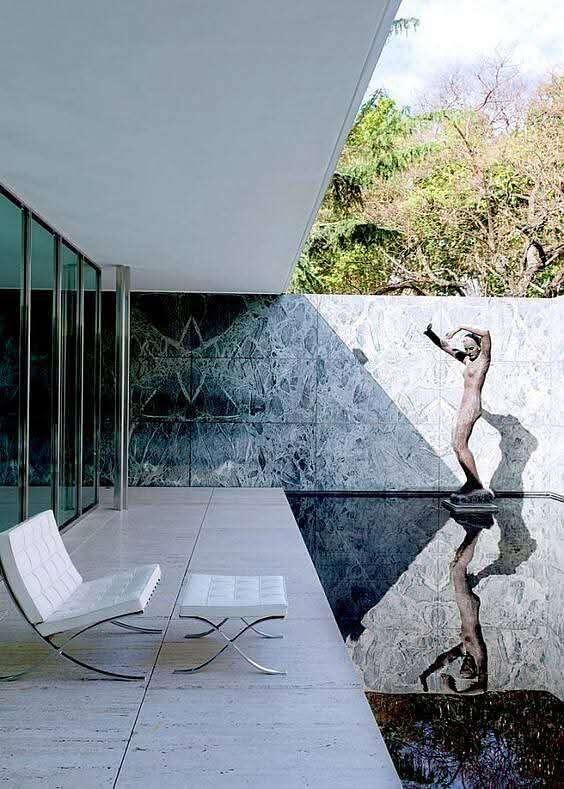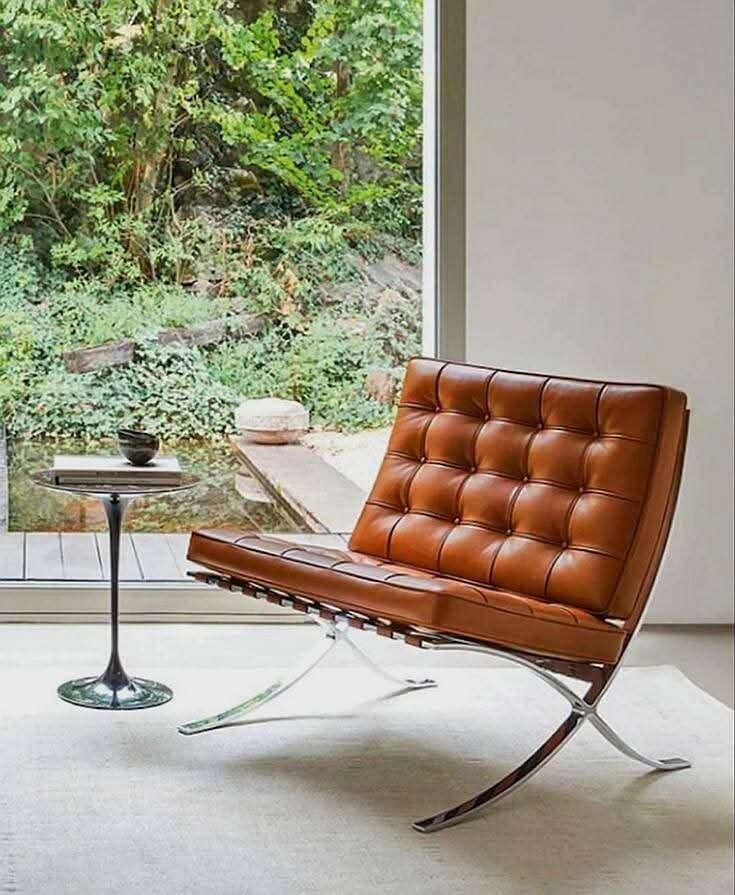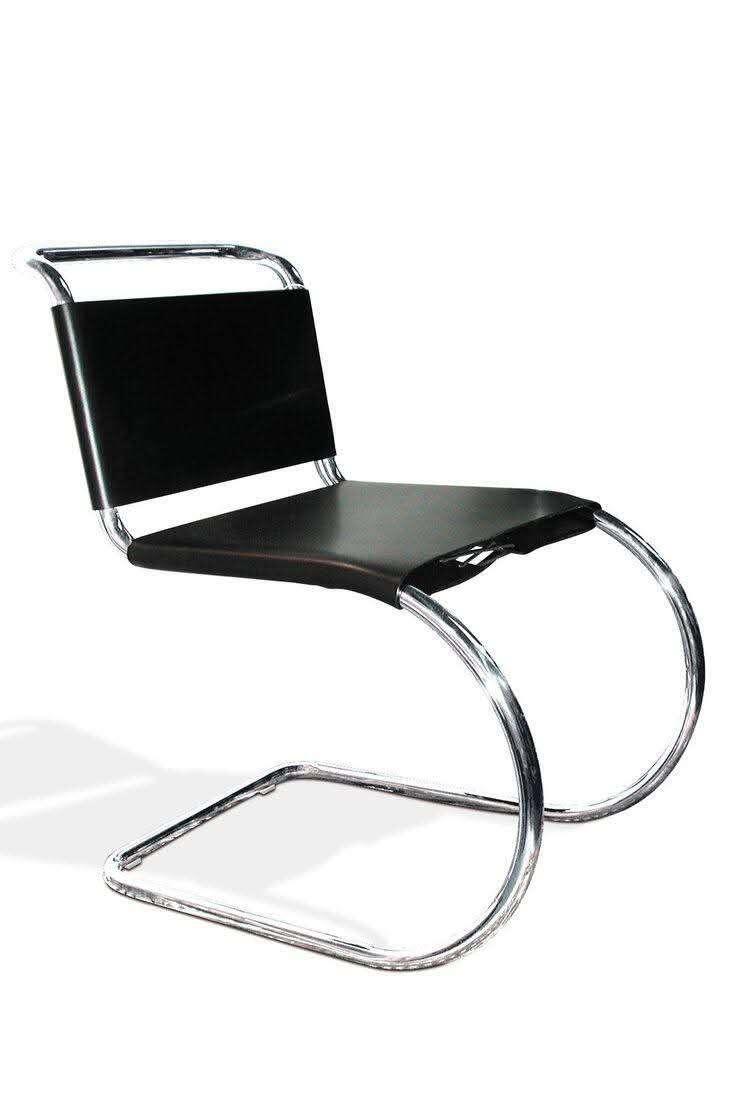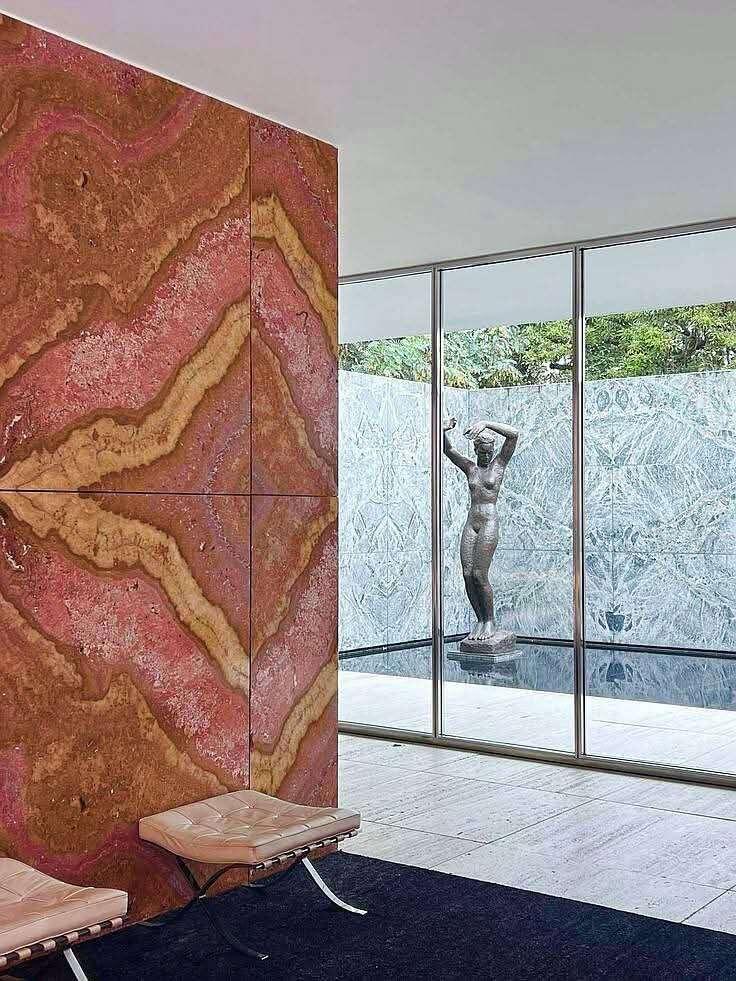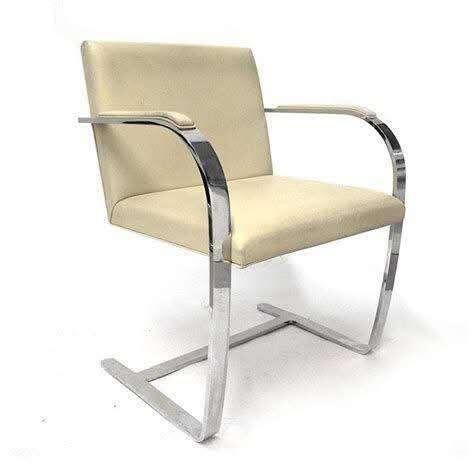Event JSON
{
"id": "c50655f2819a7e3deae0bf98ac45e4227ebb6497a4fd3c54b19b16956fd0a81a",
"pubkey": "0f389bba53857d557402a4d87cf8396c0467ebc7df199298dcc9e0d29b3f148f",
"created_at": 1746320491,
"kind": 1,
"tags": [
[
"t",
"Apocalypse"
],
[
"t",
"apocalypse"
],
[
"t",
"Music"
],
[
"t",
"music"
],
[
"t",
"Movies"
],
[
"t",
"movies"
],
[
"t",
"Philosophy"
],
[
"t",
"philosophy"
],
[
"t",
"Literature"
],
[
"t",
"literature"
],
[
"t",
"scuba"
],
[
"t",
"architecture"
],
[
"t",
"art"
],
[
"r",
"https://image.nostr.build/0db9686ae83553c08a2f0d8a17d9e9ceae5b62bf41f2ff08f111475c29ecf23c.jpg"
],
[
"r",
"https://image.nostr.build/48d1ce21a8495d902954211132373b658be56d29488330bbaf77ed2bc9f465b6.jpg"
],
[
"r",
"https://image.nostr.build/9cb53496ff75141292734547c2438d51aeb84d54c9dc22104c0b2017e6b05a80.jpg"
],
[
"r",
"https://image.nostr.build/17274d971865590b91ce24ae056e097227c1bea95a72fb0c90272e0a98bbc1fe.jpg"
],
[
"r",
"https://image.nostr.build/7db5aaf94c88e0a2414efde480e9f1aaf41d21cb05d0190acedb8267a91cc7be.jpg"
],
[
"imeta",
"url https://image.nostr.build/0db9686ae83553c08a2f0d8a17d9e9ceae5b62bf41f2ff08f111475c29ecf23c.jpg",
"x e4bae1df1f49ea7c63fbf54ba71ec1b7e0471d9a5647d72be008624755f2d920",
"size 76479",
"m image/jpeg",
"dim 564x789",
"blurhash ^HHod.00$wW9XAt6~o4o%MoxIUt8%N.9RibFjZof%OV=-;M|oKxuXB9Et7xvRiWAxvITogt7WUj[bI%MWrM{oeogITWBR%RjaxWB%MbJt7f6WCt6",
"ox e4bae1df1f49ea7c63fbf54ba71ec1b7e0471d9a5647d72be008624755f2d920",
"alt "
],
[
"imeta",
"url https://image.nostr.build/48d1ce21a8495d902954211132373b658be56d29488330bbaf77ed2bc9f465b6.jpg",
"x 340a233e9e4f444186f3cb30b8d77f926e988bac96ecb2b13a9d9e73ba225a8c",
"size 89973",
"m image/jpeg",
"dim 735x895",
"blurhash _GJRX2puo~R6o|oyt70c4,aKxvNFbZV[cFRQ$+tRM{jZf8rrt7W;jFt7WBofDhx[R+RPt7bHRj?^k7n$kDf5ofofk9t7fikCWBRjV@enRjtRofWCa#WC%Mj[IURjozofof",
"ox 340a233e9e4f444186f3cb30b8d77f926e988bac96ecb2b13a9d9e73ba225a8c",
"alt "
],
[
"imeta",
"url https://image.nostr.build/17274d971865590b91ce24ae056e097227c1bea95a72fb0c90272e0a98bbc1fe.jpg",
"x e95ced18772a5372cb1caf17cfc37ecf0199cb2f867140464921cfd5e7ee5391",
"size 128630",
"m image/jpeg",
"dim 736x981",
"blurhash _CJ7{_4TMJ%#%#MdMc^%xcIUWUWBWBWB4nlAx]VrR5xux]?cjYM{RjWBkCR%9u%gxta0s:ogR*~qM{M{fkWBWBofD%-=axV@WBWUkC%Naxt7WBRjj@ofo#SgW-kCjYf5WB",
"ox e95ced18772a5372cb1caf17cfc37ecf0199cb2f867140464921cfd5e7ee5391",
"alt "
],
[
"imeta",
"url https://image.nostr.build/9cb53496ff75141292734547c2438d51aeb84d54c9dc22104c0b2017e6b05a80.jpg",
"x f5078ef65a8b19a863f1e08621a2693e03a175cebd91a4ed4230b3179b48a70f",
"size 32240",
"m image/jpeg",
"dim 736x1096",
"blurhash ^QRfkBD%%N-;%MxuWBM{WBxut7j[~qxuIUM{RjRj?b-;WBIUM{WBWBxuxuWBRjofD%IUt7xuxuj[ofM{M{xut7ayxuWBWBt7WBofIUofxuRjfQWB",
"ox f5078ef65a8b19a863f1e08621a2693e03a175cebd91a4ed4230b3179b48a70f",
"alt "
],
[
"imeta",
"url https://image.nostr.build/7db5aaf94c88e0a2414efde480e9f1aaf41d21cb05d0190acedb8267a91cc7be.jpg",
"x 9fc87e5710d7b92ca243347935abbab8a720d61be435ca30d0988d20b35c603b",
"size 12848",
"m image/jpeg",
"dim 474x474",
"blurhash UVRp2loc?w%NV?RPkDxv%gRjROozxvt7jXM{",
"ox 9fc87e5710d7b92ca243347935abbab8a720d61be435ca30d0988d20b35c603b",
"alt "
]
],
"content": "\n 🌊 SURF 'N TURF 🏝️ \n -THE BITCOIN ISLAND LIFE-\nhttps://image.nostr.build/0db9686ae83553c08a2f0d8a17d9e9ceae5b62bf41f2ff08f111475c29ecf23c.jpg\nLudwig Mies van der Rohe (1886–1969) was the last director of the Bauhaus and one of the most significant figures in the Modern movement in architecture and design. \nhttps://image.nostr.build/48d1ce21a8495d902954211132373b658be56d29488330bbaf77ed2bc9f465b6.jpg\nFrom the very beginning of his career, Mies van der Rohe designed furniture, and his first successful design was a tubular steel-framed cantilevered seat, the MR Chair.\nhttps://image.nostr.build/9cb53496ff75141292734547c2438d51aeb84d54c9dc22104c0b2017e6b05a80.jpg\n The chair was exhibited in 1927 at the Weissenhof siedlung in Stuttgart, an exhibition organized by the Deutscher Werkbund and directed by Mies van der Rohe, which featured suburban house models by key Modern architects such as Peter Behrens, Walter Gropius, and Mart Stam.\n\n The works of Modern Movement architects were brought together to showcase modern solutions to the problem of creating cheap housing for workers. These buildings were characterized by their use of flat roofs, standard sections, whitewashed walls, and straight geometry, all of which crystallized the new modern style, stripped of all that had been considered ornamental in previous decades.\nhttps://image.nostr.build/17274d971865590b91ce24ae056e097227c1bea95a72fb0c90272e0a98bbc1fe.jpg\n This design vision was expressed in many of the buildings at the Expo, as it was the driving force behind what was universally called the \"Modern Movement.\" Then, in 1929, Mies van der Rohe designed the German Pavilion at the Barcelona International Exposition, in Spain. Mies van der Rohe created a magnificent, spacious, and elegant pavilion. At the top of the long, flat building was a wide travertine terrace with a pool that cleverly separated the building from the street. \n\nThe interior was governed by extended partitions of onyx, a carefully selected, shimmering golden-brown marble. Mies van der Rohe first used the architectural concept of the Barcelona Pavilion in a house in Brno, Czechoslovakia, the Tugendhat House, which has been called the first glass house, just as the Barcelona Pavilion has been called the first monument of the International Style.\n\n During this period, Mies van der Rohe was chosen as the director of the Bauhaus. He was vice-president of the Deutscher Werkbund when he was summoned to the Bauhaus in 1930. Despite Mies van der Rohe’s attempts to remove political leanings and tendencies from the Bauhaus, but it was closed by the government in 1932, and the school buildings were looted and plundered by the Nazis, who considered it unpatriotic.\nhttps://image.nostr.build/7db5aaf94c88e0a2414efde480e9f1aaf41d21cb05d0190acedb8267a91cc7be.jpg\n In 1933, Mies van der Rohe officially announced the final dissolution of the Bauhaus. The Bauhaus lasted about fourteen years in operation, but its influence lasted much longer. The Bauhaus' influence extended beyond Germany's borders, when in the following years Walter Gropius, Mies van der Rohe and Marcel Breuer joined the mass exodus of artists and thinkers from Nazi Germany to the United States. \n\nThere, they attained influential positions, spreading the Bauhaus ideas and helping to ensure the acceptance of the modern movement by American institutions.\n\n Credits Goes to the respective\n Author ✍️/ Photographer📸 \n 🐇 🕳️ \n#Apocalypse #Music #Movies #Philosophy #Literature #scuba #architecture #art",
"sig": "4083001c2ec6a789a5eedbd0fe198484fc6449c72f8e69b29abba2addf0a6094fcbbf5763100a24c57030284ebf9e382936c129021e4fa27a5e8765644de7138"
}
